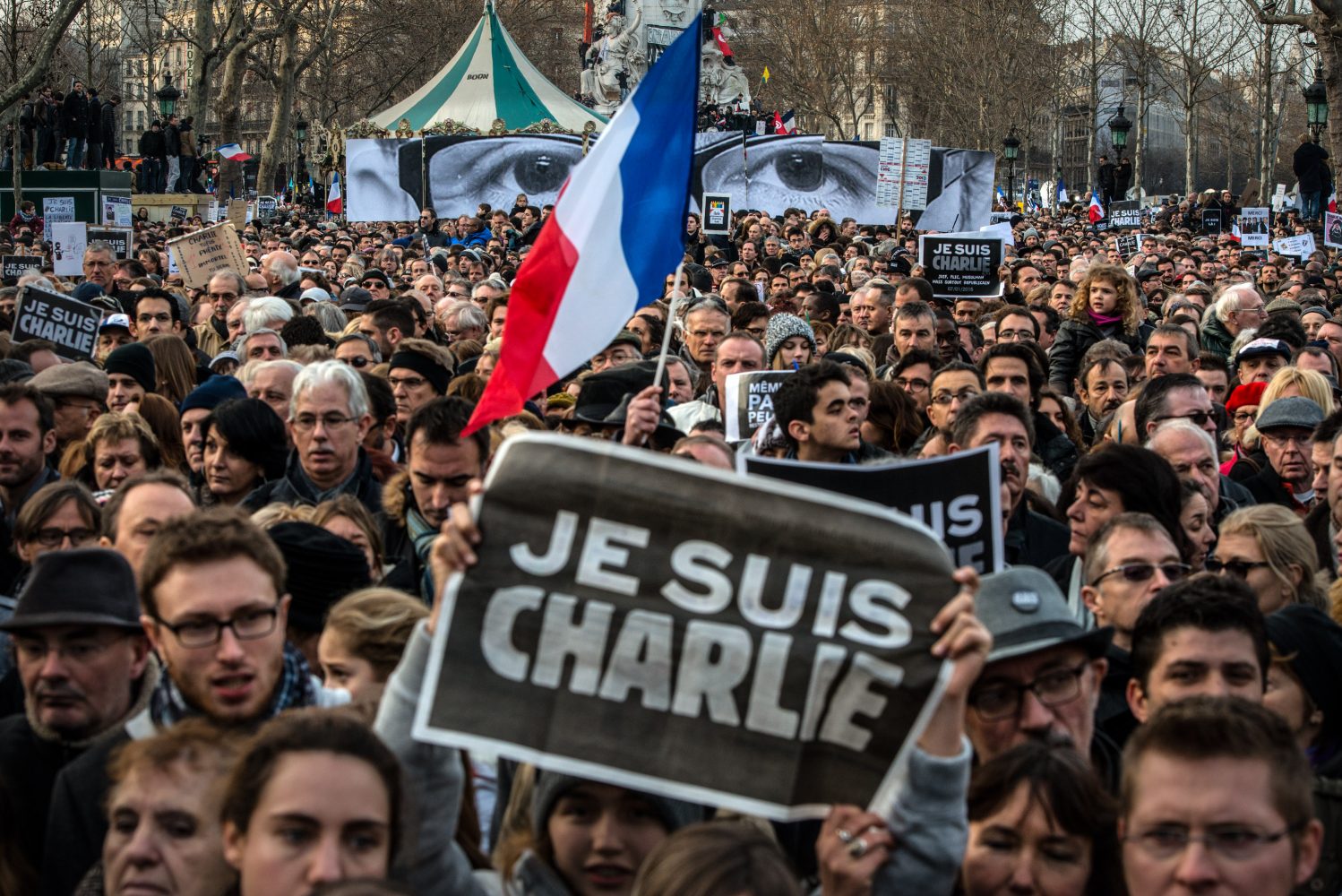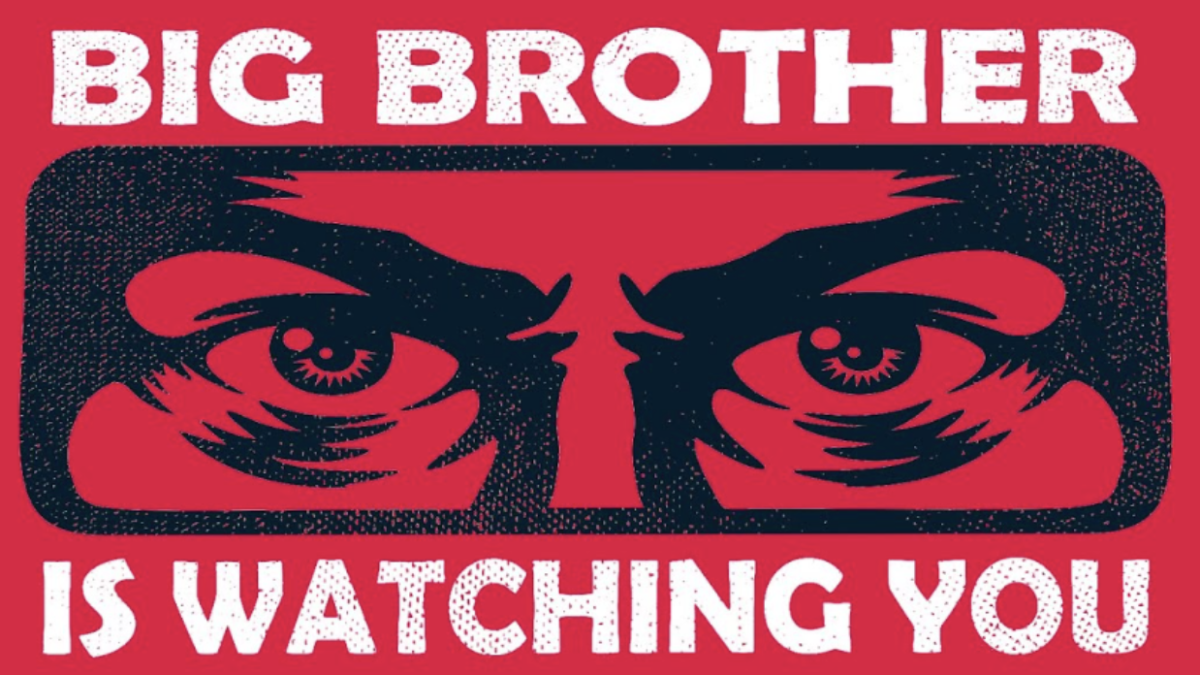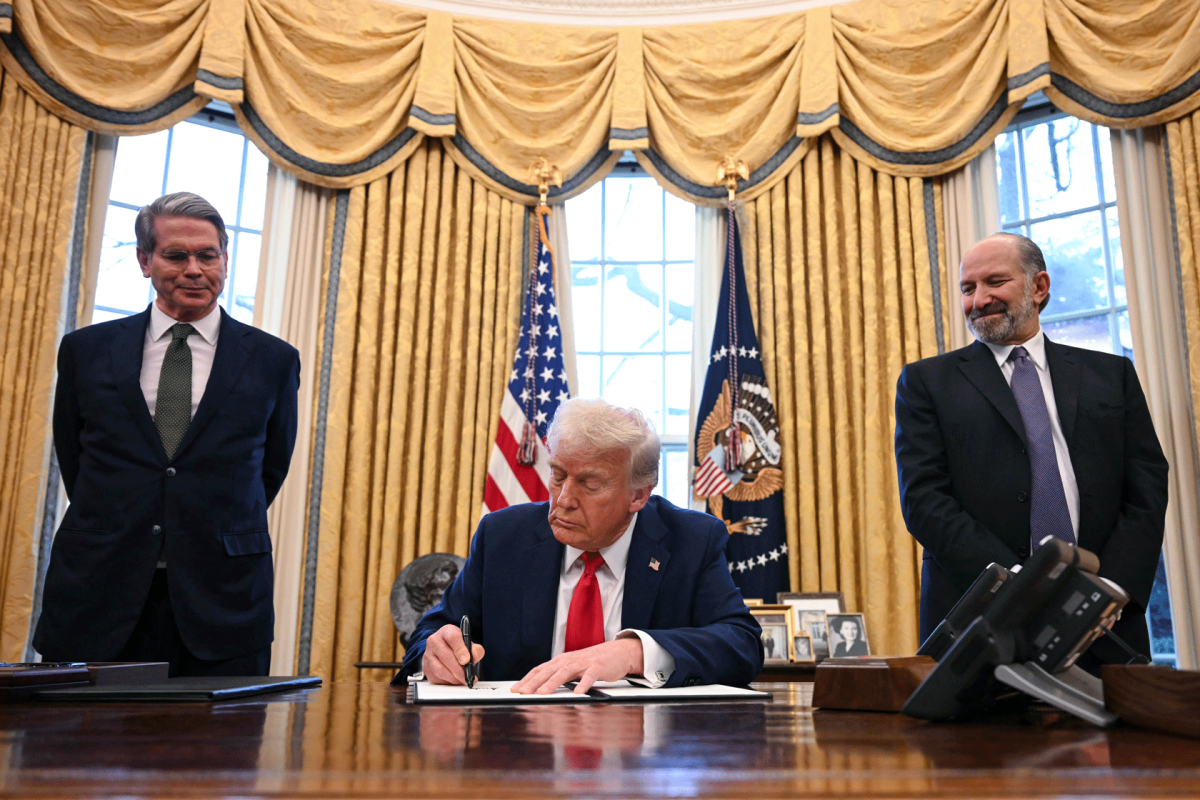By R.J. McIntyre ’18
Liberté, Égalité, Fraternité. Liberty is the first word of the French national motto. The motto was fully established at the end of the 19th century during the Third French Republic but it had been used throughout the French revolution. Parisian revolutionists painted the motto on the façades of their residences. The motto soon became a symbol of the terror created by brutally violent revolutionists. Today, the French strive to live by such a motto in government and in culture. Charlie Hebdo, the famous leftist satirical newspaper is founded on the principle that any French citizen may, “speak, write and publish freely.”
Charlie Hebdo has played an incredibly powerful and unique role in French culture. The name comes from the French word “hebdomadaire.” An hebdomaire is a weekly publication. The “Charlie” in the title comes from a previous publication called Charlie Mensuel (Charlie Monthly). One of the cartoonists for Charlie Mensuel, Charlie Shultz, created Charlie Brown and Snoopy in the comic Peanuts.
Charlie Hebdo is not alone as a satirical newspaper. The publication is part of a larger art form called the “Ninth Art.” The Ninth Art covers all comics in France, from Tin Tin to Le Canard Enchaîné. Satirical newspapers fall under a category called the Journaux irresponsables (irresponsible newspapers). Some Journaux irresponsables attempt to test the limits of the freedom of speech, exercising their right to be highly vulgar and even pornographic. This French tradition stems all the way back to the French revolution when satirical cartoons of the king and priests were secretly circulated through the French revolutionists. The 19th century satirical cartoonist, Honoré Daumier, who ridiculed King Louis-Philippe, is a predecessor of those cartoonists and writers that were killed in the attacks, such as Jean Cabu and Stéphane Charbonnier.
Even before the January 2015 attacks, Charlie Hebdo had been a target for terror. Charlie Hebdo intentionally published cartoons and covers that ridiculed subjects ranging from the Catholic Church to Islam and Muhammad. In the attacks, two brothers broke into the offices of Charlie Hebdo and killed artists, columnists and maintenance workers. The motivation of the attacks was most likely to shutdown the publication. A graphic design bearing the famous words, “Je suis Charlie” surfaced. People began to make t-shirts of the slogan, posting it online and making artwork out of it. This simple sentence became a symbol for a great disturbance in France. The deaths of the Charlie Hebdo writers and cartoonists caused the French to act as if something fundamental had been not just been stolen from every French journalist, but also from every French citizen. The French felt as if their freedom of speech had been disrespected, revoked, or even destroyed. “Je suis Charlie” represented a new national movement to protect the French people’s freedom of speech.
The gatherings in the streets of Paris that rallied for the protection of freedom of speech were similar to those of the revolution and post-revolution movements. We condemn the attacks made by the Islamic extremists, yet we must ask ourselves whether Charlie Hebdo crosses the line. In the next piece in this series, we will explore whether Charlie Hebdo publications violate or abuse their freedom of expression.







